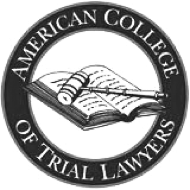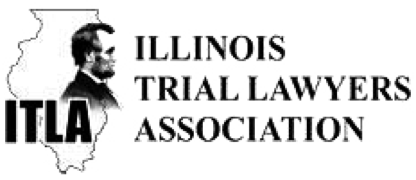Does your child have cerebral palsy? If so, you are not alone.
Thousands of children are born with cerebral palsy every year. Studies show that a significant number of children born with this condition develop it as a result of medical malpractice.
While treatment can help, there is no cure for cerebral palsy.
If a doctor has diagnosed your child with cerebral palsy, you have a right to investigate the cause of the injury. If medical malpractice caused your child’s cerebral palsy, you have the right to seek compensation from responsible parties. Below, we explore what causes cerebral palsy, and whether medical professionals could have prevented these birth injuries.
What causes cerebral palsy?
Cerebral palsy is a brain injury or damage to the central nervous system that can occur in utero, during labor, or shortly after birth while a child’s brain is still developing. The condition affects cognition, muscle tone, movement, and fine motor skills.
While every case and severity level are unique given the time and type of the injury, children diagnosed with cerebral palsy may have trouble eating, walking, and talking on their own.
Parents, especially mothers, may question whether they contributed to their child’s condition before, during, or after delivery, so knowing the cause can help lift this heavy burden.
Cerebral palsy-related birth injuries may be preventable with proper medical care. Common causes of cerebral palsy and brain injury in babies include:
- Oxygen deprivation.
- Excessive labor induction medication (hyper-stimulation with Pitocin).
- Contractions, which are too frequent or too strong.
- Extended labor.
- Stroke during labor.
- Head trauma during labor.
- Improper use of forceps or vacuum extractors.
- Infections, including Group B Strep.
Some medical professionals will detect signs of cerebral palsy immediately upon birth. However, many times, symptoms go undetected and become evident as the child continues to develop. For example, the child may experience seizures as a toddler, or have difficulty learning to crawl or walk.
Medical professionals should account for several potential risk factors that could increase the likelihood of a cerebral palsy diagnosis. These include:
- Uterine hyperstimulation: Mothers given the drug, Pitocin for labor induction.
- Preeclampsia: Mothers with high blood pressure and signs of damage to another organ system.
- Placental abruption: Mothers whose placenta separates early from the uterus.
- Delayed cesarean section delivery: Doctors who delay or failure to perform a cesarean section.
- Failure to monitor fetal heart rate: Doctors who fail to monitor fetal heart rate throughout the pregnancy.
- Abnormal delivery positions: Babies that are born in the breech position (feet first) where the infant’s arms can become hyper-extended.
- Abnormal pelvis size or shape: Mothers with a pelvis that is not large enough for a safe delivery may require an alternate birthing method.
- Past pregnancy problems: Mothers who have had birth complications in the past.
- Prolonged pregnancies: Pregnancies that continue far beyond the projected due date.
- Signs of distress: Babies that experience oxygen deprivation, causing changes in the heart rate or decreased fetal movement.
- Umbilical cord prolapse: Mother’s umbilical cord comes out before the baby does.
In any of these instances, medical professionals are responsible for acting quickly, as time is extremely crucial. Failure to do so may result in infant birth injuries.
How do you determine if your child’s diagnosis was due to medical malpractice?
Most often, cerebral palsy malpractice occurs when a medical professional fails to:
- Monitor a child’s heartbeat for distress.
- Identify, diagnose, and treat umbilical cord issues and/or placenta issues.
- Identify, schedule, and carry out an emergency C-section.
- Detect fetal distress during delivery.
- Treat the baby after birth with timely resuscitation.
- Detect and treat material infections.
Although these medical mistakes are not purposeful, the end result can lead to severe damages and disabilities for you and your child.
What can you do if your child has cerebral palsy due to medical malpractice?
Caring for a child with cerebral palsy is costly, and depending on the severity of the diagnosis, the expense of medical treatments and lifetime care can add up to tens of millions of dollars.
Let us help you investigate and pursue cerebral palsy lawsuit.
If you think a medical professional made a mistake during your child’s birth causing cerebral palsy, the first thing you should do is contact the experienced Chicago-based birth injury lawyers at Hurley McKenna & Mertz. Our attorneys work closely with healthcare professionals and physicians to help you get answers, determine your rights, and seek the compensation you deserve. Contact us today for a free consultation.






